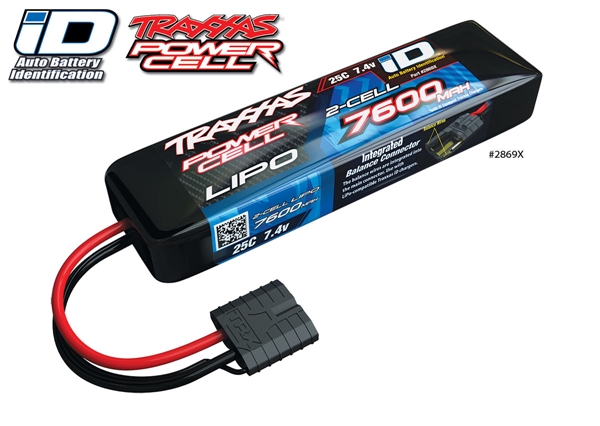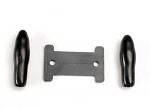Traxxas Ring gear differential/ pinion gear differential (overdrive machined) 8287
12T pinion 33T Spur Gear
What is an overdrive or underdrive gearing?
Out of the box, the front and rear axles of any TRX-4 model have the same internal gear ratio. Since both axles have the same gear ratio, that means they spin the wheels at the same rate. This makes sense for “regular” driving, of course, and any full-size 4WD vehicle you see on the road works this way. But for maximum off-road capability in crawling and climbing situations, gearing the front axle so it spins the wheels front wheels faster than the rear wheels can improve your rig’s crawling ability. This is known as overdriving the front axle, and you can do it with your TRX-4. Let’s dig into it.
Each TRX-4 axle has an 11-tooth pinion and a 34-tooth ring gear for a 3.09:1 ratio. Here’s the breakdown on where that figure comes from, if you’re not familiar with the concept of a gear ratio: 34 divided by 11 is 3.09. For every 3.09 revolutions of the pinion, the ring gear makes one complete revolution. The ratio between the pinion and ring gear is “3.09 to one,” or 3.09:1.
In order to overdrive the front axle, we can install gears with a numerically-lower ratio in the front axle, or a numerically-higher ratio in the rear axle. Traxxas offers optional differential ring and pinon gears just for this purpose. Not only do they allow us to change the gear ratio, but they're machined from high-quality steel for extra strength and durability.
Overdrive in Action
What does overdrive mean for performance? Imagine a steep slope or an obstacle has your truck pointed nose-high. This transfers weight to the rear wheels, increasing their traction relative to the fronts. And of course, the more steeply the truck is angled, the closer it is to its tipping point. Applying the throttle transfers even more weight to the rear tires, increasing traction further, leaving very little grip for the fronts. It’s almost entirely up to the rear wheels to push the truck up the slope or over obstacle. And if the angle is sufficiently steep, you may just stand the truck up on its tailgate—either way, you’re not making any progress. Overdriving the front axle helps the front wheels pull the truck up slopes and over obstacles, instead of being pushed from the rear axle.
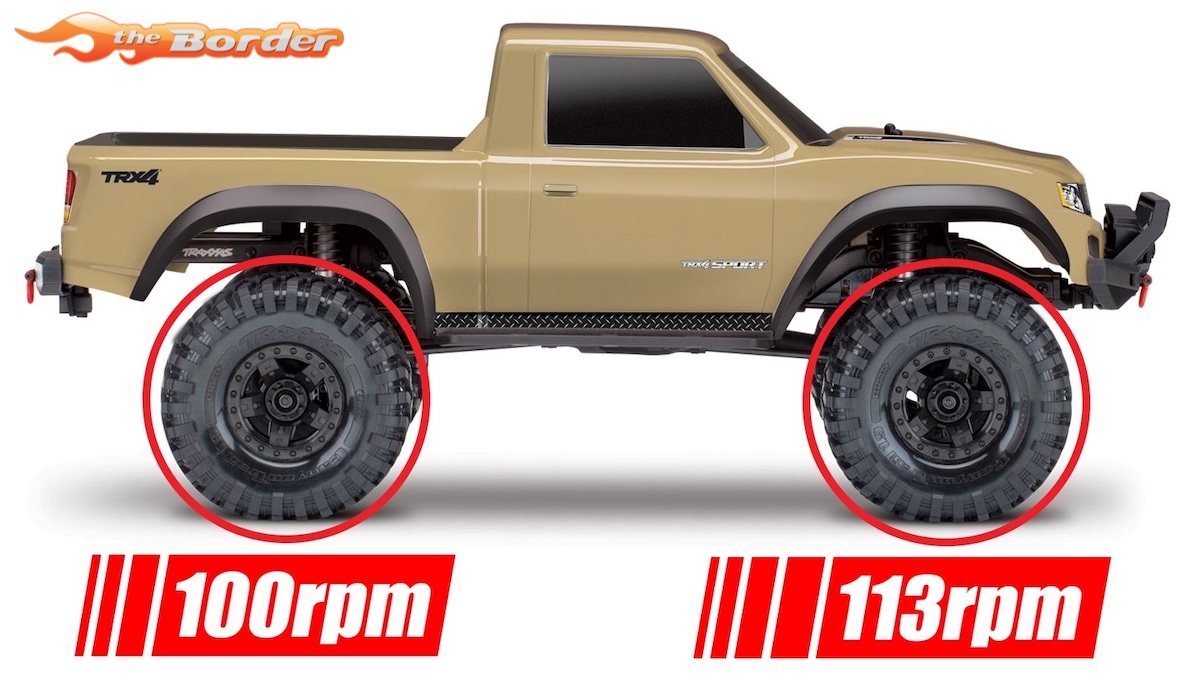
Better Steering
You can think of an overdriven front axle as having the same benefits as a front-wheel drive (FWD) car versus rear-wheel drive (RWD). Driving FWD car on a slippery road is much easier than driving a RWD car. Even when extreme climbing angles aren’t required, overdriving the front axle helps the front tires “bite” into corners and seams of the rocks in the trail, helping pull the truck through the terrain instead of pushing it.
Why Not Use Overdrive All the Time?
Overdriving the front axle offers maximum benefit when crawling extreme terrain, but it has downsides for all-around driving. Having the rear tires spin at a lower rate is like having a rear brake applied slightly as you drive, which makes the truck more prone to skidding and sliding on the trail when hustling in High gear. Overdrive also increases the load on the power system and drivetrain. They’re built to handle it, but you can expect a little less run time and higher operating temperatures for your motor and speed control when using an overdrive setup.
Experiment!
With three different overdrive options available, there’s plenty of tuning opportunity for improving extreme-terrain performance. If you’re more of an all-around trail-trucker and use High gear often (especially with a 3-cell LiPo), try the 11% setup first. For dedicated rock-crawling rigs, the 27% overdrive setting can dramatically improve the TRX-4’s ability to grab ledges and scale seemingly impossible obstacles.


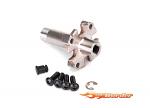


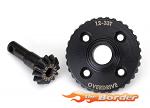
8287.jpg)
8287.jpg)

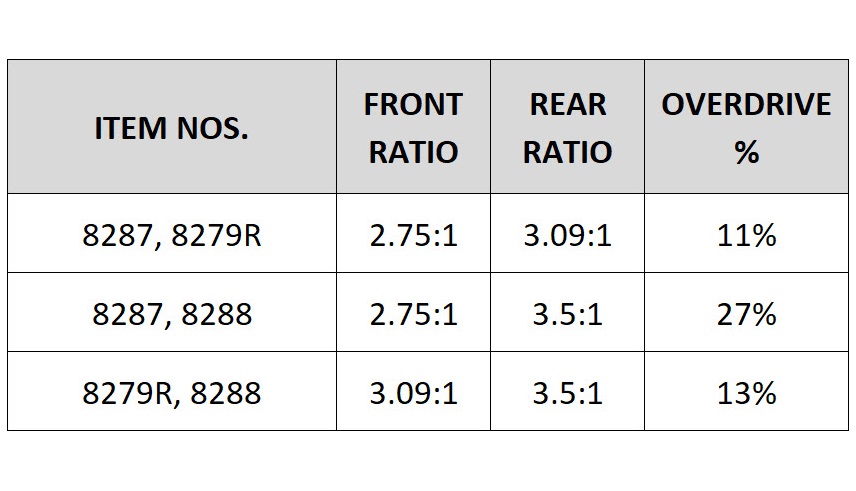
8287_2nd.jpg)

1985.jpg)
TRX2960X.jpg)
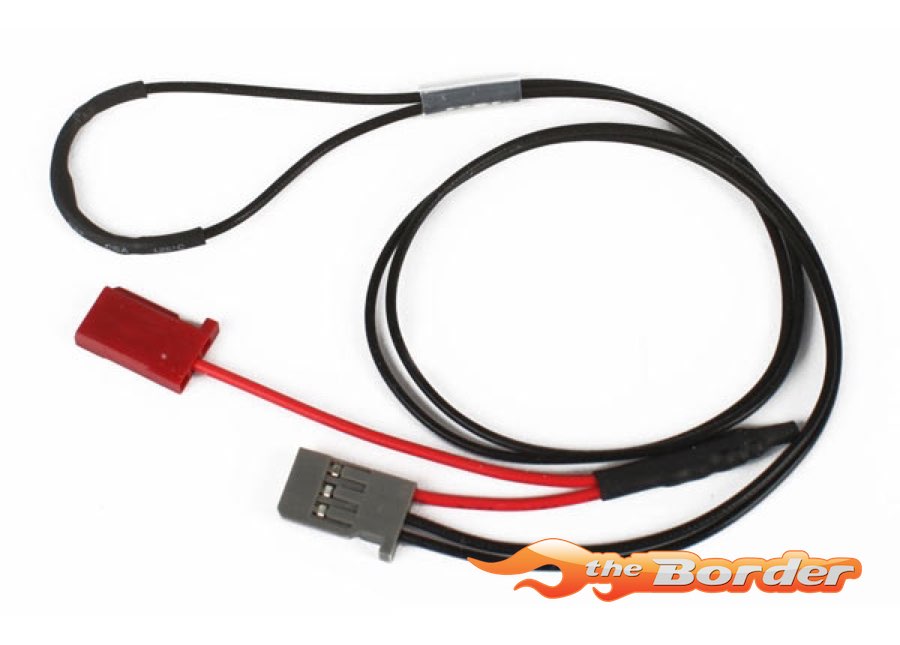
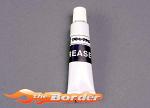
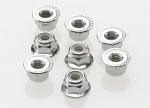
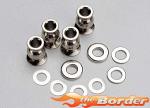

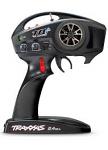
2742.jpg)
1834.jpg)
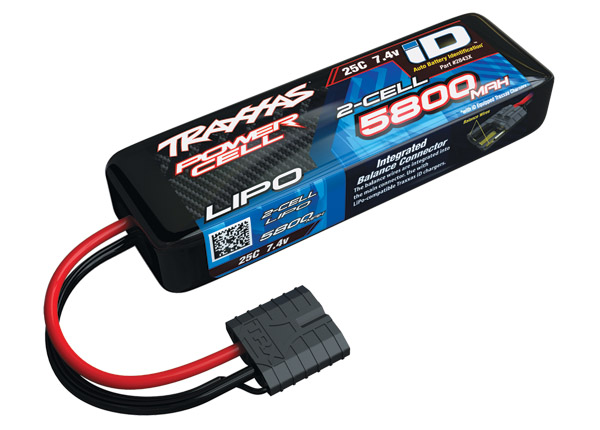
wiretie:tyOWntI.jpg)
2832X.jpg)
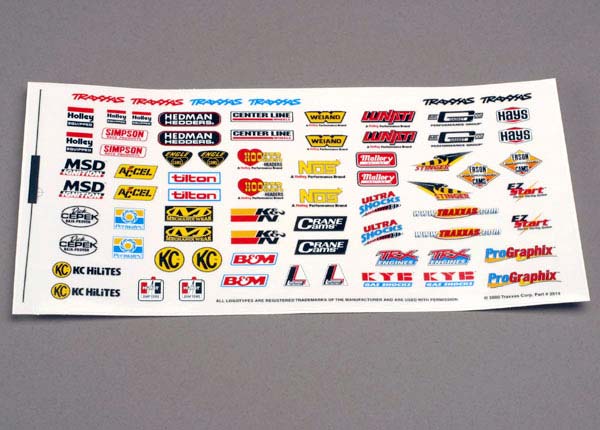
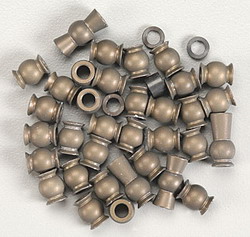
3934.jpg)
